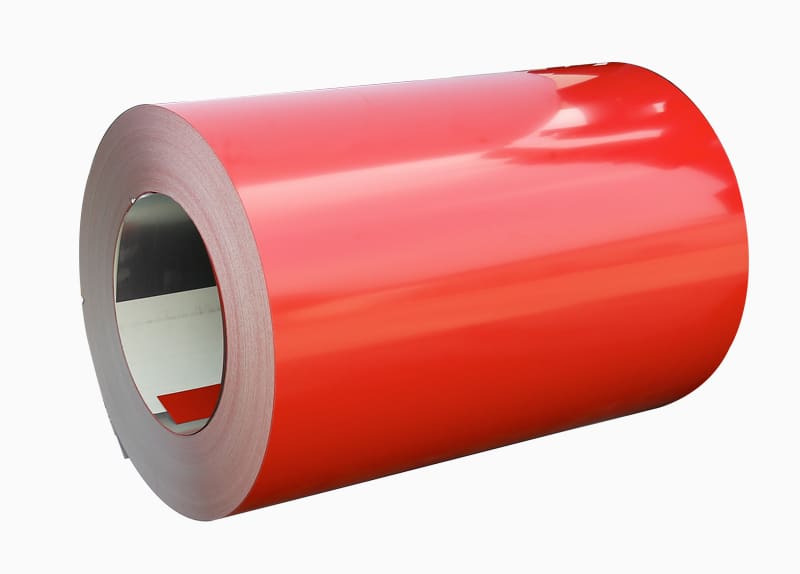Summary: Introduction:
Hot rolled steel coil is a fundamental material in various industries, serving as a versatile foundation f...
Introduction:
Hot rolled steel coil is a fundamental material in various industries, serving as a versatile foundation for countless applications. This guide explores the intricate journey of hot rolled steel coil production, shedding light on the manufacturing process, properties, and the diverse roles it plays in shaping our built environment.
1. The Beginning: Raw Materials and Furnace Operations:
Raw Materials: The production journey begins with iron ore, which is smelted in a blast furnace to extract molten iron. Alloying elements are introduced to create steel with specific properties.
Casting Process: The molten steel is cast into slabs, which undergo further processing to achieve the desired thickness.
2. Hot Rolling Mill Operations:
Heating the Slabs: The slabs are heated to high temperatures in a furnace, making them malleable for the subsequent rolling process.
Hot Rolling Process: The heated slabs pass through a series of rolling mills, where they are mechanically reduced in thickness and lengthened. This process enhances the material's strength and formability.
Coiling: The resulting hot rolled strip is coiled into a hot rolled steel coil for efficient handling and transportation.
Strength: Hot rolled steel exhibits high strength, making it suitable for structural applications in construction and manufacturing.
Ductility: The hot rolling process improves the material's ductility, allowing it to be shaped into various forms without compromising its integrity.
Surface Finish: Hot rolled steel often has a characteristic scaled surface, which can be further treated or left as is based on the desired application.
4. Applications Across Industries:
Construction: Hot rolled steel is widely used in the construction industry for structural components, beams, and columns due to its strength and durability.
Automotive: In the automotive sector, hot rolled steel is employed in the manufacturing of chassis components and structural parts.
Pipelines and Tubing: For the oil and gas industry, hot rolled steel is utilized in the production of pipelines and tubing, benefiting from its robustness.
5. Further Processing and Treatments:
Pickling and Oiling: To remove the scale and improve surface finish, hot rolled coils may undergo pickling and oiling processes.
Cold Rolling: Some coils are subject to cold rolling for additional thickness reduction and improved surface smoothness.
Heat Treatment: Heat treatment processes can be applied to modify the mechanical properties of hot rolled steel for specific applications.
6. Quality Control Measures:
Inspection: Rigorous quality control measures, including visual inspection and testing, ensure that the hot rolled steel meets industry standards for dimensions, surface quality, and mechanical properties.
Dimensional Accuracy: Precise control of the rolling process ensures the dimensional accuracy of the final product, meeting the specifications required by end-users.
7. Environmental Considerations and Sustainability:
Recyclability: Hot rolled steel is highly recyclable, contributing to sustainability efforts by reducing the demand for virgin raw materials.
Energy Efficiency: Advances in technology and energy-efficient furnace operations contribute to minimizing the environmental impact of hot rolled steel production.





